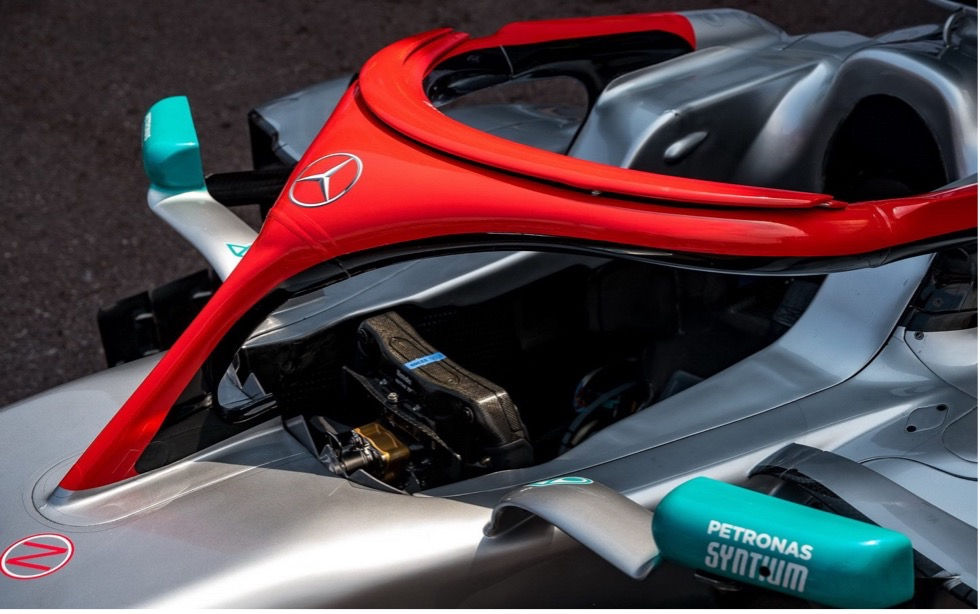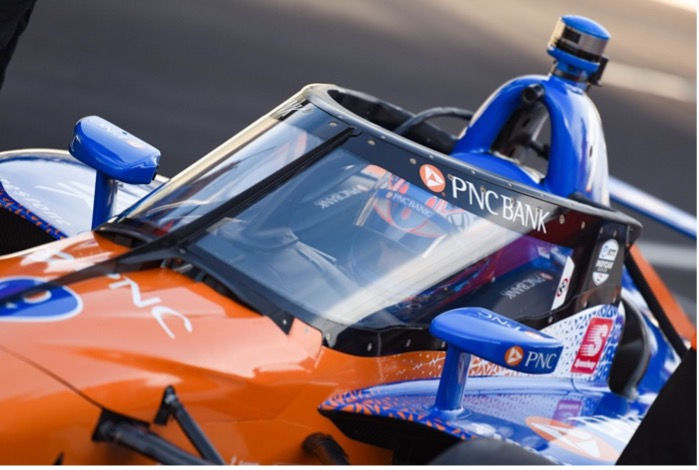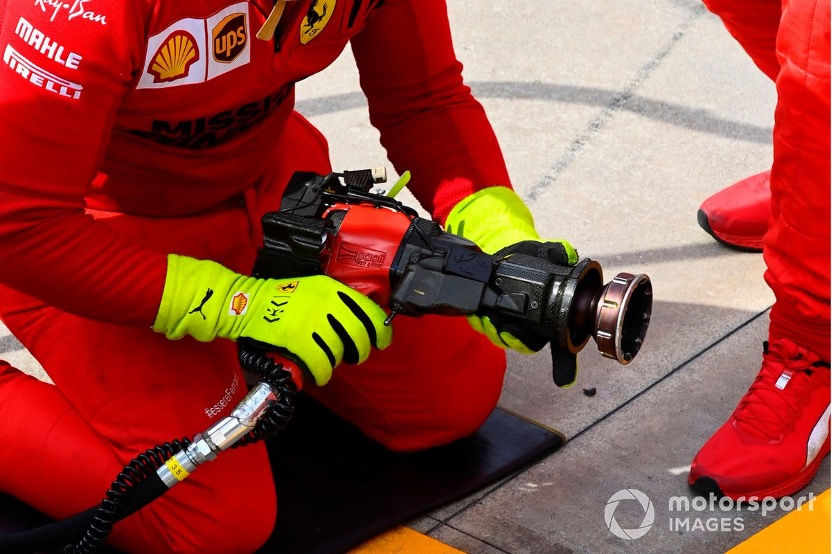What is Halo in Formula One?
- Huan Alpha
- 2024年6月29日
- 讀畢需時 4 分鐘
Formula One, the prestigious crown of motorsports, the ultimate festival of speed. Apparently, every newcomer to this sport will inevitably generalize it as purely fast and furious. However, there is always a crucial aspect inside the paddock that irrefutably matters more than plain lap times and track positions, and that is safety. Every time, people want to see drivers climbing out of their cockpit uninjured regardless of whether they are frustrated or excited. In fact, safety could be manifested through different manners on a race weekend. There were the hard-working marshals who paid close attention to every moment on track, safety vehicles that ran laps and laps around the venue when an incident occurred, or even the stewards who sat behind a big TV screen, issuing penalties for dangerous maneuvers. Nevertheless, the most direct measure to protect the drivers in these 300km/h beasts is the halo. At first glance, the halo system that resembles a slipper might seem unfit to the overall aesthetics of a Formula One race car, but its influences can be consequential.

The red part is the halo
Introduced during the opening of the 2018 Formula One season, the halo system soon passed down to other divisions of open-wheel racing under the FIA spectrum, including Formula E, Formula Two, Formula Three, and Formula Four. Other international championship series also imitated the general concept of the halo in certain ways, adopting its use in super formula or adjusting it slightly to an aeroscreen as indicated in IndyCar.

An example of an aeroscreen on Scott Dixon’s PNC Bank Honda
Acting as a secondary rolling structure, the halo is a counterpart to the primary structure of a rolling hoop. These two components combined form the rolling structure that first prevents multiple flips when drivers are out of control and second to prevent the helmet from making direct contact with the ground if the car is upside down (Zhou Guanyu’s horrific accident at Silverstone). It also consists of three distinct parts, the front section which is referred to as ‘V Transition’, the tubes that surround the cockpit, and the rear mounts that connect the back end to the main body. The materials of these rigid structures are made of Grade 5 titanium, which can be more resistant to damage and continuous pressure compared to carbon fiber, The special composition of this titanium alloy also provides the lowest possible weight, so that it won’t significantly compromise the maximum potential of these race cars. The process of manufacturing these kinds of structures can be complicated in the fact that it isn’t a sole body when a single large tube is bent 180 degrees into these shapes. On the other hand, two separate segments were welded together to form this circular figure. Additionally, constructing these sections is not enough, measures must be considered to prevent titanium oxidation during bending (slow, consistent) and welding. After these designated suppliers had finished their role, it’s now the teams who must accommodate the halo that can break the balance and stability in race trim. Some major challenges are that the chassis and the main body need to be strengthened to withstand the pressure of the mounts and allow the halo to be effective in protection, it also poses challenges to the aerodynamics. Normally, irregular objects like the halo will disturb the airflow above the race car, hence the wake can influence the amount of air intake in engines and cooling ducts, also affecting the rear wing when less stable air can pass through and generate less downforce. As a result, the FIA allows some degree of adjustments to the halo by adding aerodynamic fairing to reduce the disadvantages. Currently, the consensus is adding another two-tier fairing on top of the tubes (as shown below) to resolve the aerodynamic problem.
Example of an aerodynamic approach to the halo
Under many circumstances, the halo had successfully refuted opposition and proven its value. All the way to 2018, during the maiden year of the halo’s use, Charles Leclerc was embroiled in a major accident at Spa Francorchamps. When Fernando Alonso’s car went airborne across Charles Leclerc’s cockpit, the halo successfully withstood the majority of pressure from the collision and prevented direct contact between the helmet and big pieces of debris. Further analysis also revealed that the halo endured about 56kN of force, which is an indispensable amount of load. In 2020, the almost fatal accident of Romain Grosjean in Bahrain when the car smashed the barrier at 200+km/h really shifted every unfavorable view on the halo, its rigid structure helped to push the barrier away from Grosjean’s head. As a result, Grosjean managed to evacuate out of the car with only burn damages on his wrist. A lot of criticisms might claim that the Halo made it a little bit difficult to escape during emergencies, but its advantages undoubtedly outweigh these minute drawbacks. Later on, the halo continued to impress spectators at the 2021 Monza between Hamilton and Verstappen and the 2022 Silverstone with Zhou. Nowadays, objections are completely replaced by compliments when even the aesthetics were improved during the 2022 rule change. The halo is now no longer an outlier to the beauty of Formula One racing, but a necessity that hinders every person’s anxiety.











留言